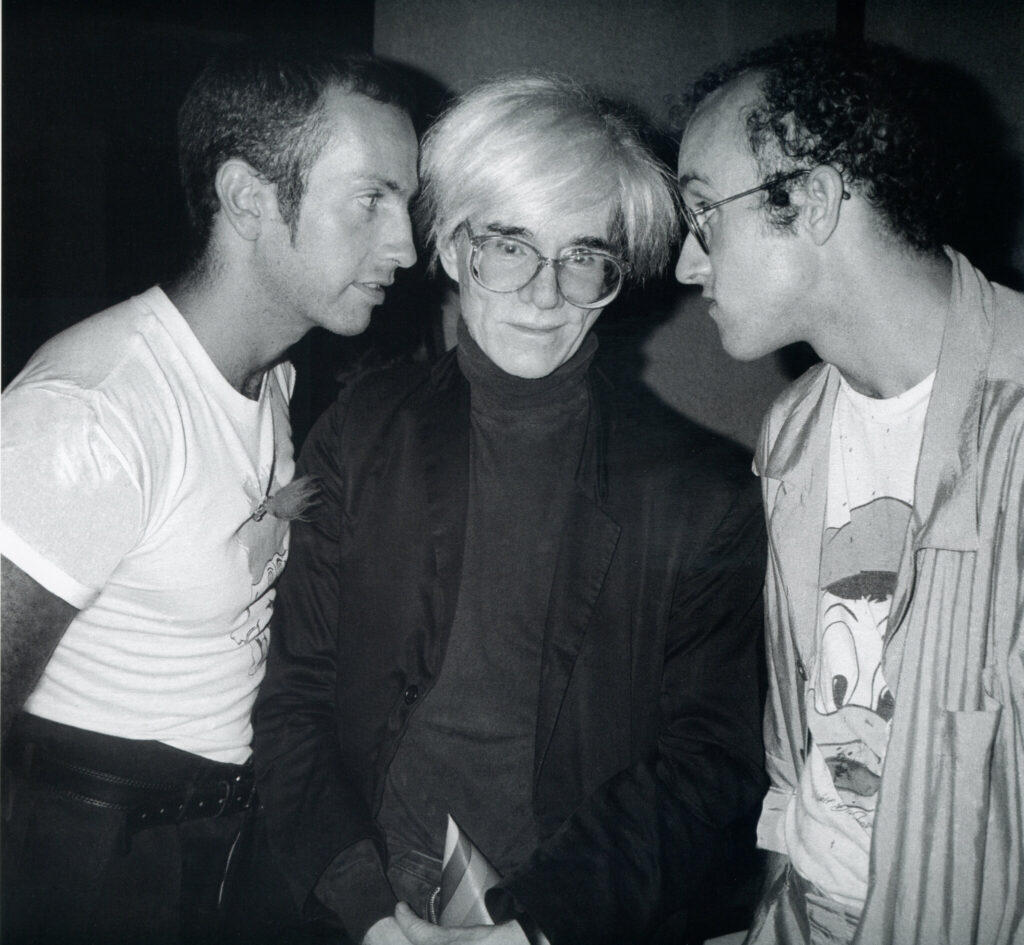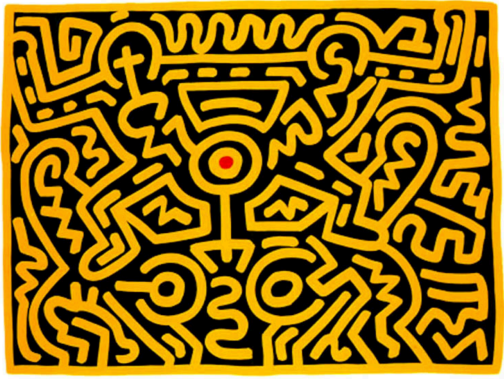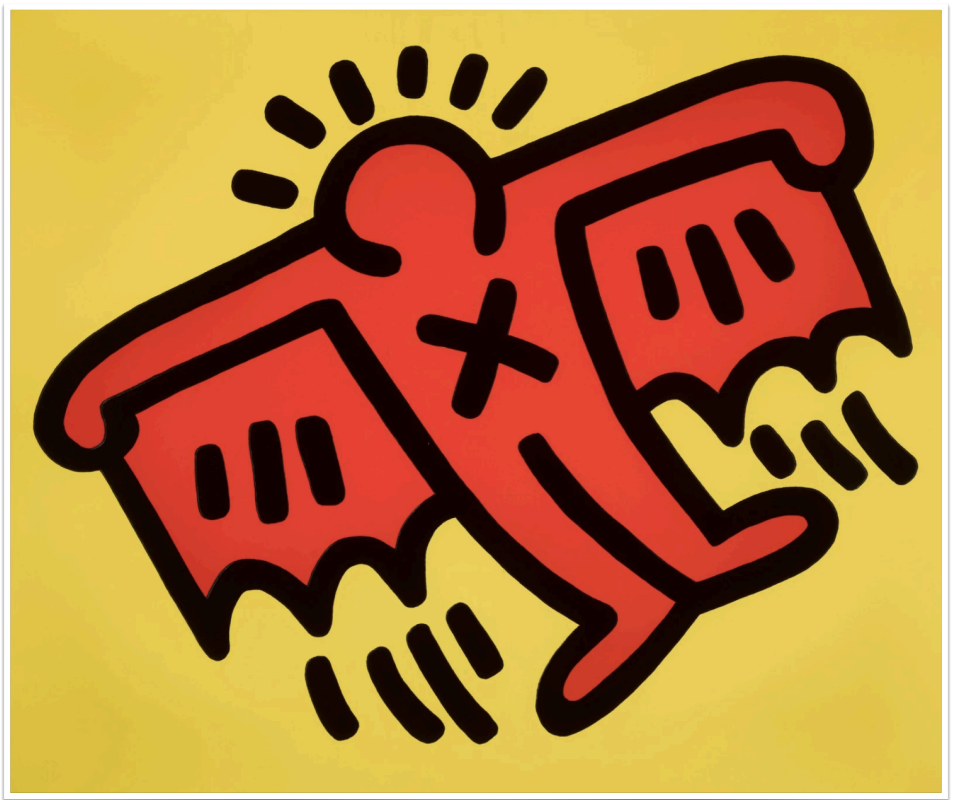Available Artworks

“Untitled” (Plate 179) from the Blueprint Drawings
Screenprint on Arches Paper Signed and Dated in pencil
1990
42 x 54 in, 107 x 136.5 cm
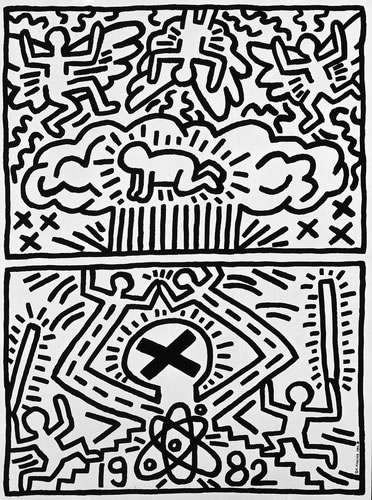
Anti- Nuclear Rally
Signed offset Lithograph on Glazed Paper
1982
24 x 18 in, 61 x 46 cm

Fertility 2
Silkscreen on Paper, Signed and numbered
1983
42 x 50 in, 106.7 x 127 cm
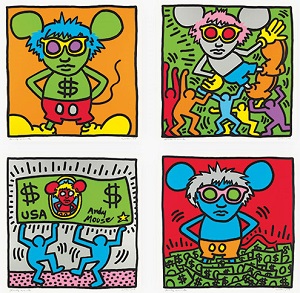
Andy Mouse
screenprint in colors on Lenox Museum Board (in 4 parts)
1986
Each 38.5 x 38
Keith Haring (May 4, 1958 – February 16, 1990) was an American artist and social activist whose vibrant and iconic artwork merged elements of graffiti, street art, and pop culture. Originally from Reading, Pennsylvania, Haring relocated to New York City in 1978 to pursue studies at the School of Visual Arts, immersing himself in the burgeoning downtown art scene.
Haring rose to prominence in the early 1980s alongside contemporaries such as Jean-Michel Basquiat and Kenny Scharf, captivating audiences with his distinctive style characterized by bold lines, vivid colors, and simplified figures conveying powerful messages of love, unity, and social justice. His signature motifs, such as dancing figures, barking dogs, and radiant babies, embodied the pulsating energy of 1980s New York City. Notable among his works are “Crack is Wack” (1986), addressing the crack cocaine epidemic, and “Ignorance = Fear” (1989), advocating for AIDS awareness.
An ardent advocate for social causes, Haring utilized his art as a platform to confront pressing issues including AIDS awareness, apartheid, and the crack cocaine epidemic. His public murals, often adorning subway stations and city walls, served as both artistic expressions and social commentary, engaging viewers with messages of hope and activism. Haring’s use of symbols created a new visual language that transcended barriers of communication, fostering a connection between the viewer and society at large.
Beyond his public art, Haring’s works found homes in galleries and museums globally, including the Whitney Museum of American Art and the Stedelijk Museum in Amsterdam. Collaborations with musicians like Madonna and Grace Jones expanded his influence, bridging the realms of art, music, and activism.
Tragically, Haring succumbed to AIDS-related complications in 1990 at the age of 31, leaving behind a prolific body of work and an enduring legacy. His dedication to using art as a catalyst for social change continues to inspire artists and activists worldwide, solidifying his status as a visionary whose impact transcends generations. Keith Haring’s message of love and unity remains as poignant today as it was during his groundbreaking career in the 1980s.









